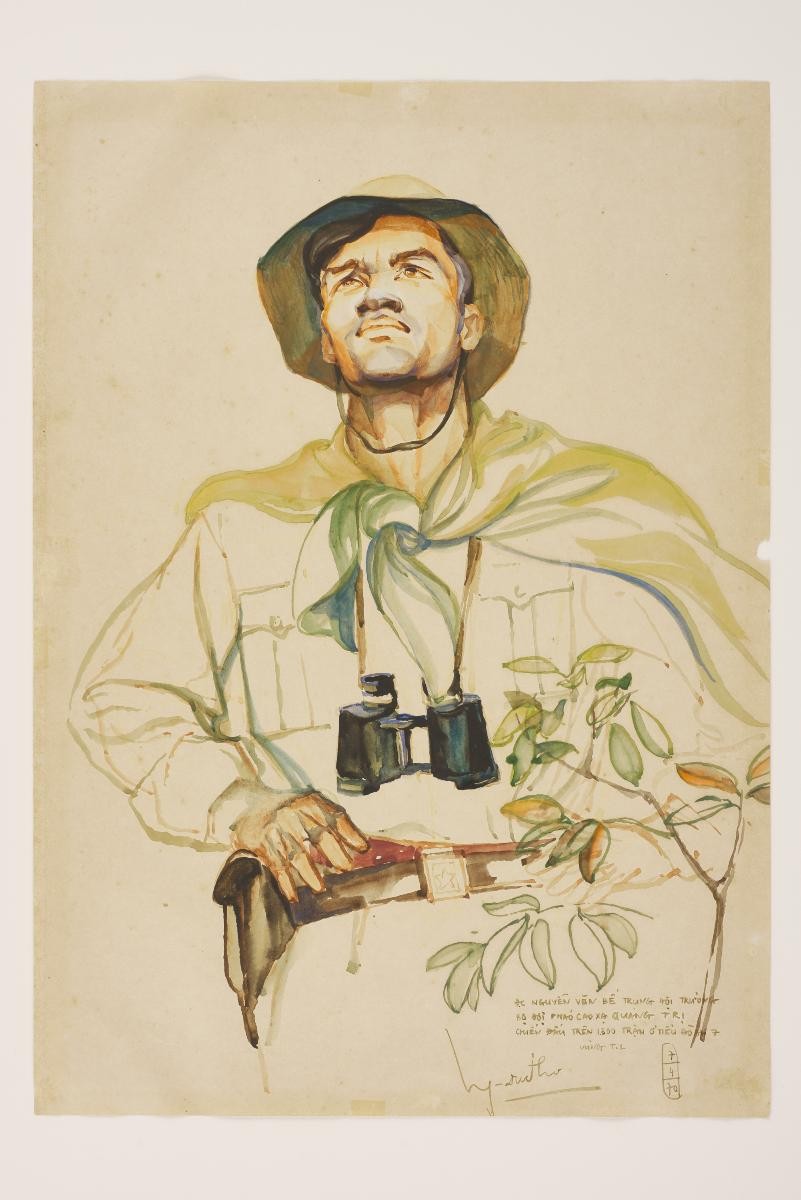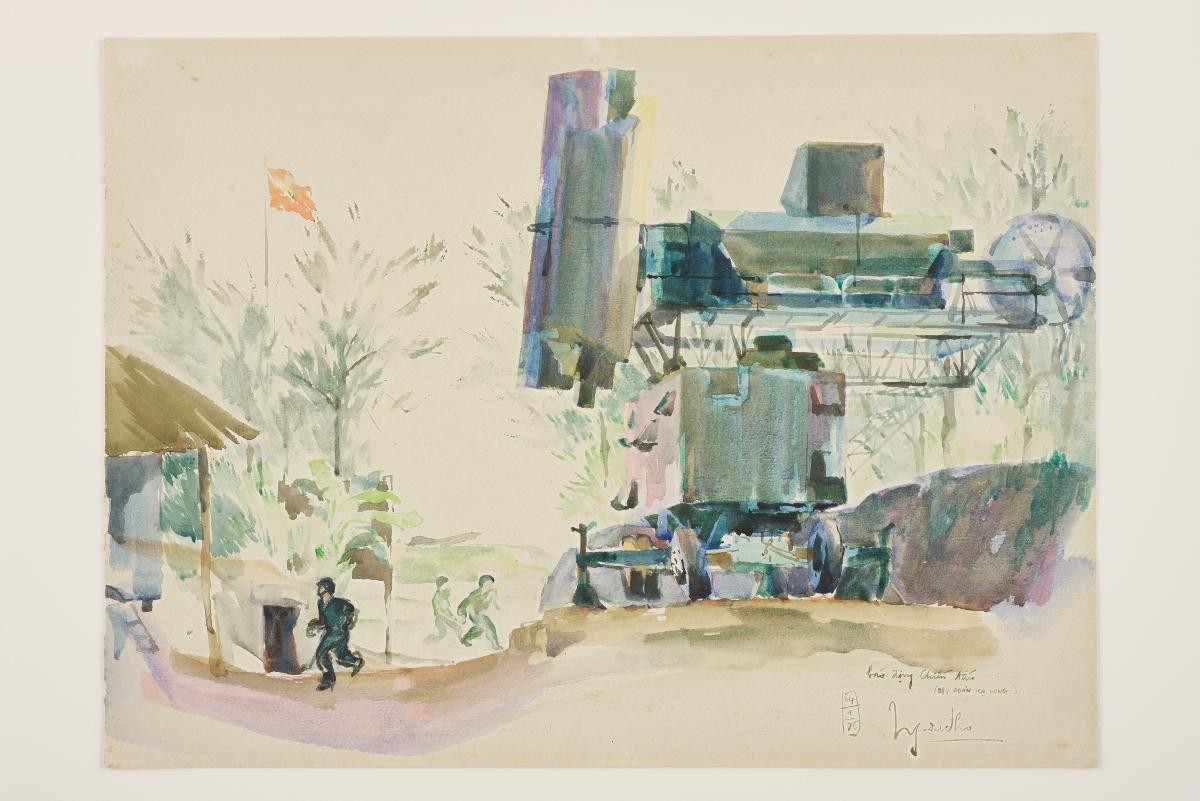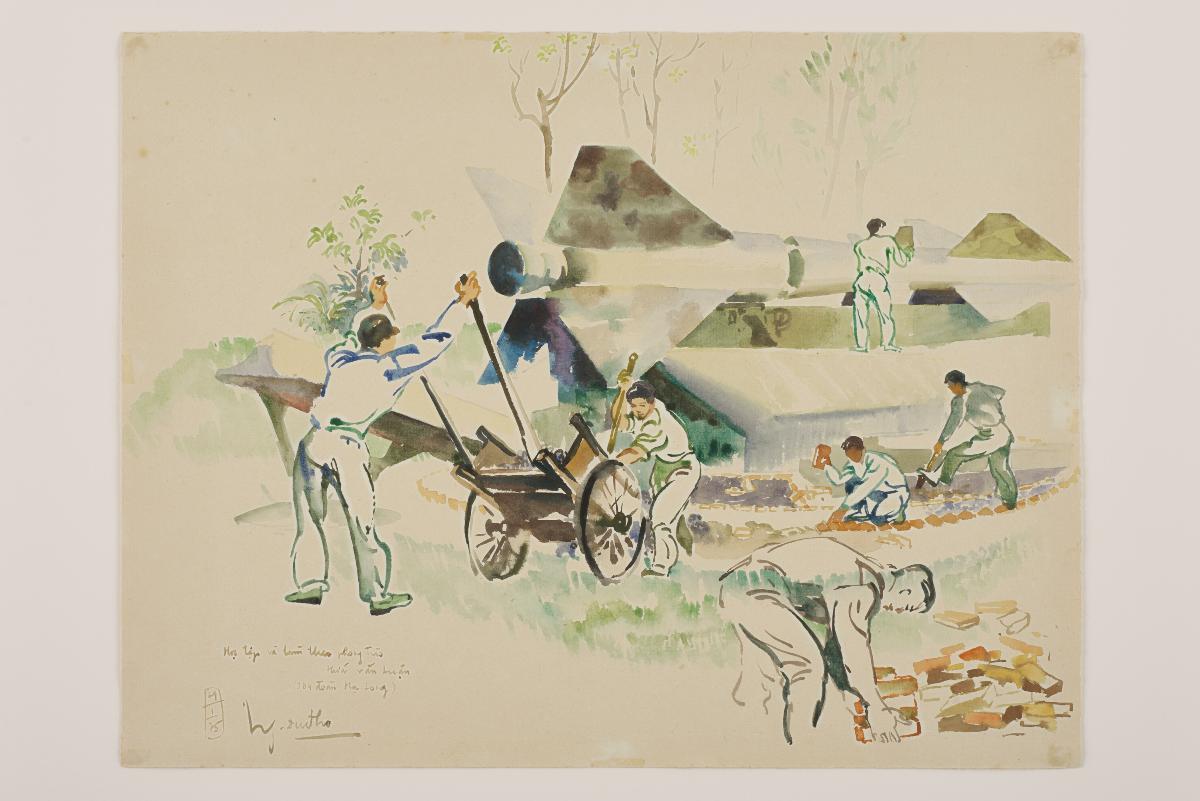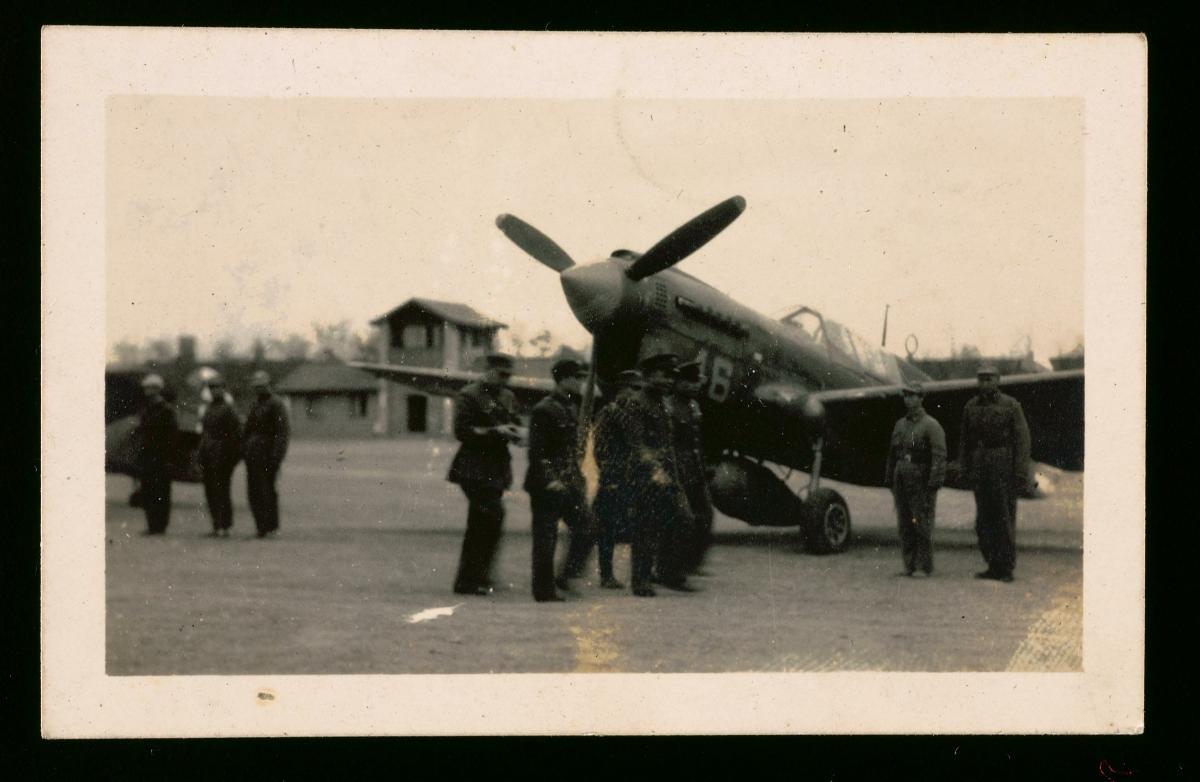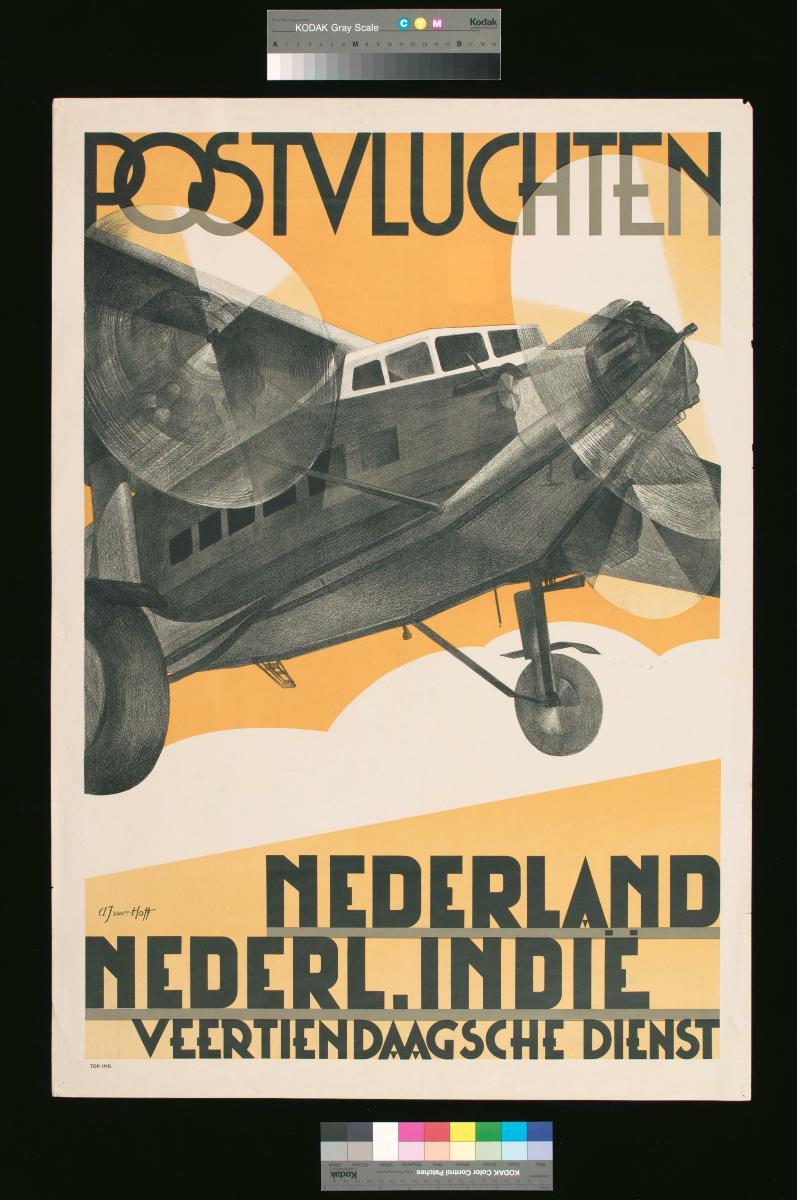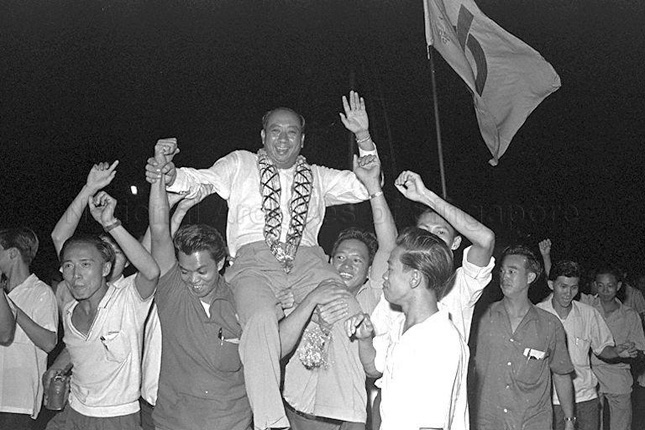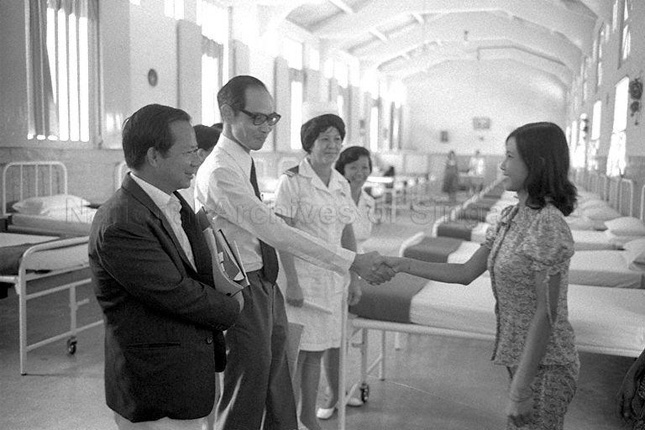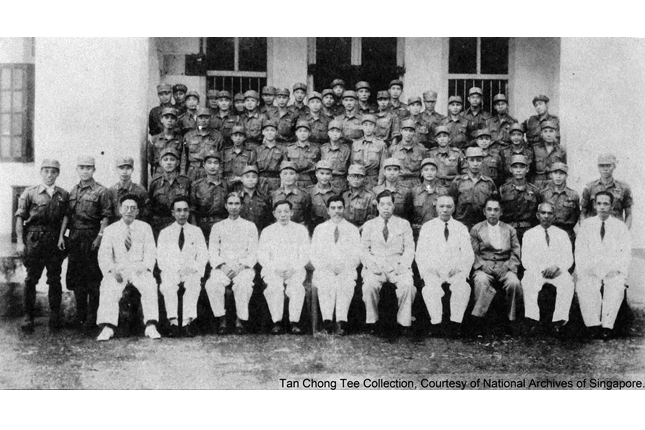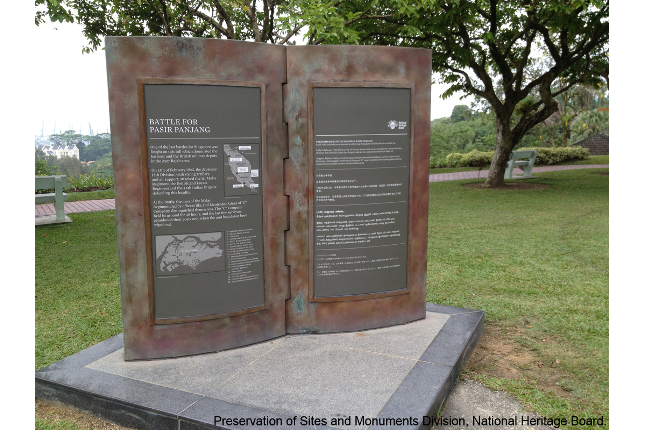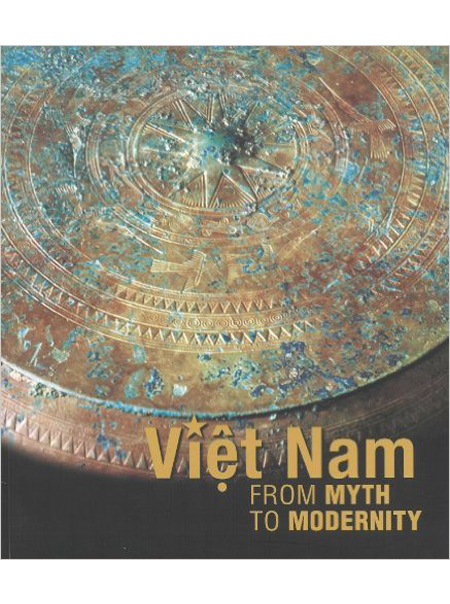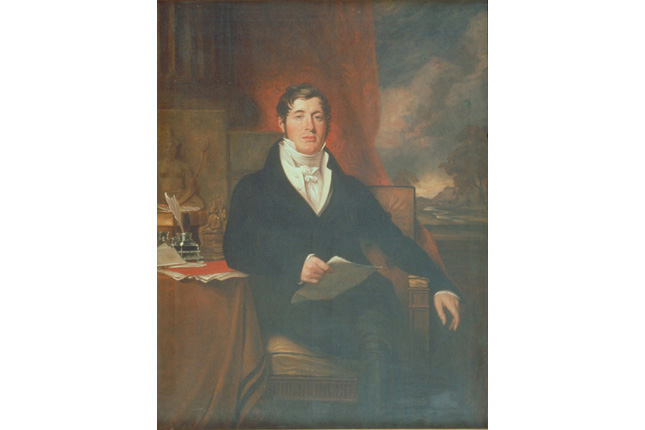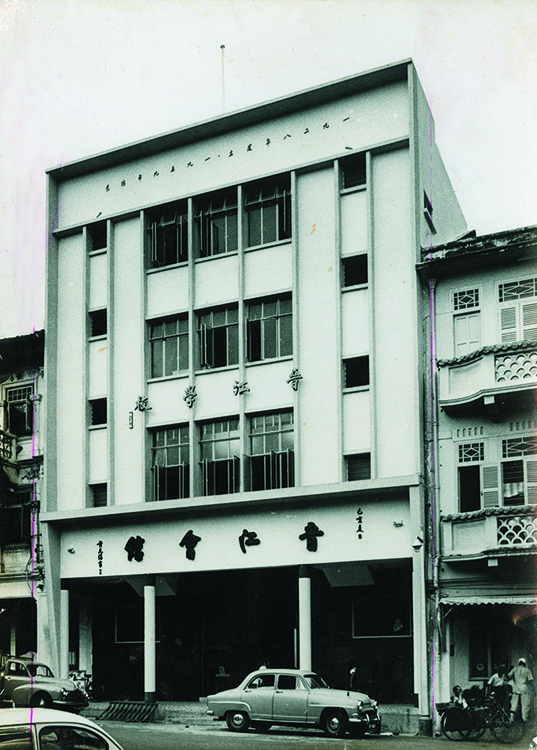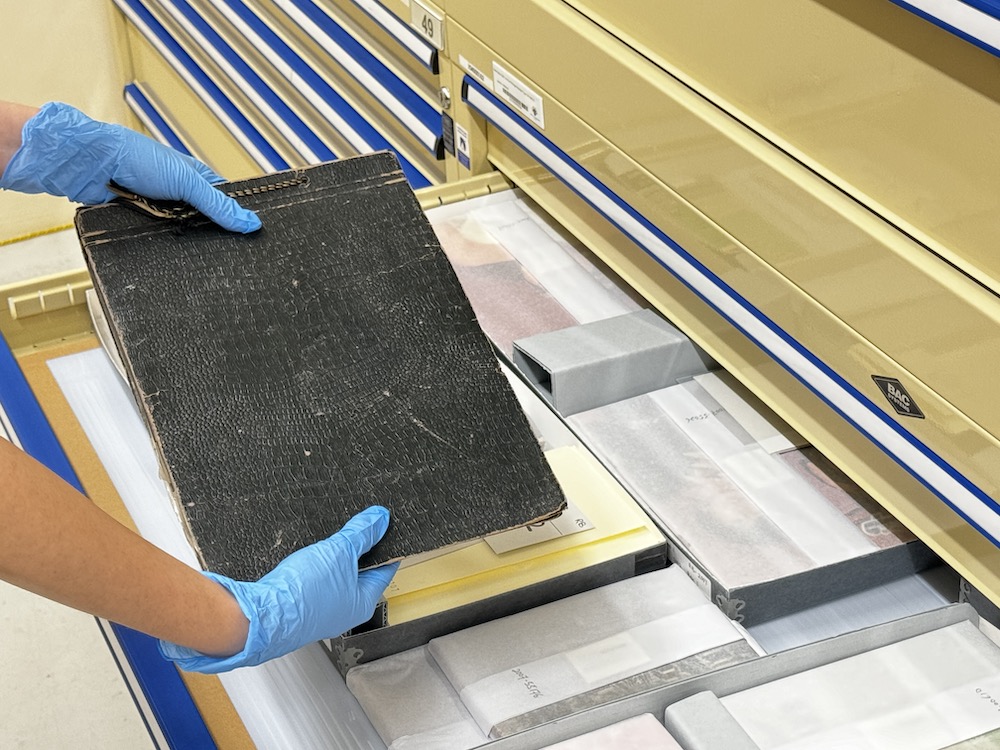Image size: 36.5 x 26.5 cm
Artists from Vietnam played an integral role in both the First Indochina War (1946-1954), where they fought for independence from French colonial rule, and the Second Indochina War (commonly known as the Vietnam War or the American War), which continued until 1975. Artists documented conditions for soldiers in the battlefields, as well as for civilians in the cities and the countryside. They also created propagandistic and sometimes romantic images to articulate and advocate ideological positions. In the Democratic Republic of Vietnam (DRV or North Vietnam), artists were employed by the military or the state; sometimes their works were created as personal mementoes, and sometimes they were exhibited or published during the wartime. Nguyễn Ðức Thọ (1945-) was active during the Second Indochina War as a soldier and artist. His works are striking for their use of vibrant tropical hues, and their close adherence to key tenets of officially sanctioned Socialist Realism at the time. This portrait would have been produced for propaganda purposes. It depicts an “exemplary” soldier, intended to be a positive model for others to follow. According to a note written on the artwork, this soldier, identified as anti-aircraft Platoon leader Nguyễn Văn Bế, had been involved in more than 1,300 war missions.This artwork is part of a significant collection of drawings, sketches, paintings, posters and photographs in Singapore’s National Collection. These works reflect the diversity of artistic production during the First and Second Indochina Wars among artists affiliated with the communist side of the conflict. Many key figures active as war artists during this period have also had a lasting impact on the development of modern art in Vietnam and beyond.




